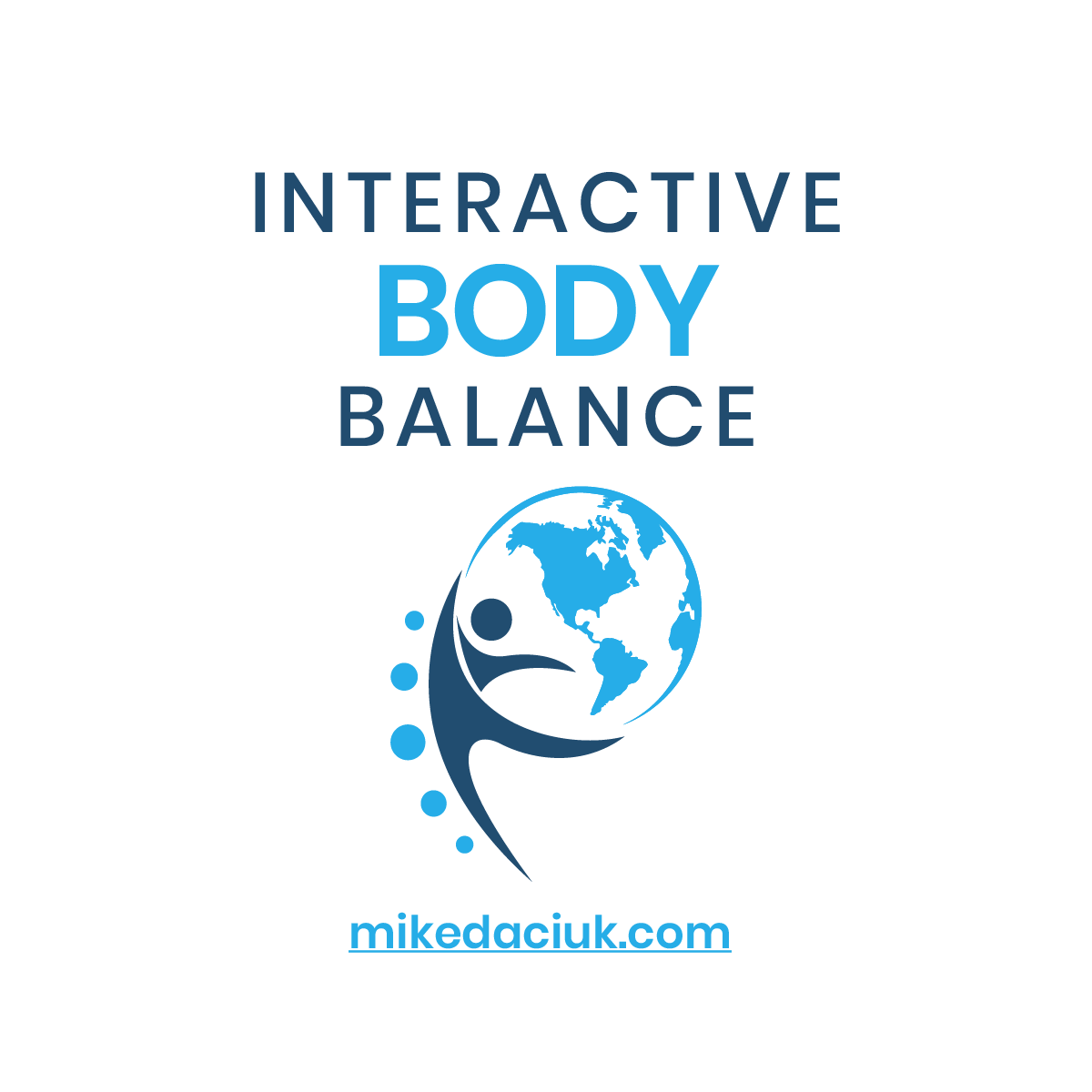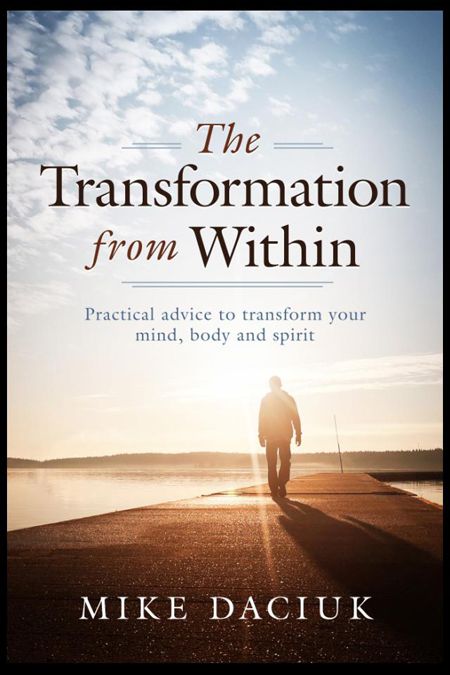Muscle Building Supplements
Now there are many different types of protein supplements in the market and each one of them have their own intrinsic value which I have outlined below. In my opinion and experience, I stick with a Whey protein isolate which is high in protein, low in sugar and very low in saturated fat. It is imperative to read the labels when purchasing a protein supplement.
Whey Protein
Whey protein is by and large the most popular and arguably the best type of protein and/or supplement on the market today. Often called the gold standard of protein, whey is a total protein meaning it contains all of the necessary amino acids due to its Branched-chain amino acids structure (BCAA’s). BCAA’s are naturally occurring molecules (leucine, isoleucine, and valine) that the body uses to build proteins. The term “branched chain” refers to the molecular structure of these particular amino acids. Muscles have a particularly high content of BCAA’s; whey is the preferred choice for before and after workout protein shakes.
Pre-Workout: Your pre-workout shake should be consumed approximately thirty minutes before your workout and have no more than 25-35 grams of protein. The decision on what to mix whey protein with lies solely with your personal preferences but most people will use either water or skim milk based on their tolerability to dairy products. Since milk is principally casein protein you may choose to mix with water for faster absorption unless the duration of your workout will surpass 80-90 minutes. Also, carbs (40-60 grams) should be taken with your shake to form an insulin spike so nutrients can be readily soaked up by cells. High GI carbs like dextrose are preferred for this situation, but fruits or oats would work just as well
Post-Workout: Your post-workout shake should contain a slightly higher amount of whey protein and carbs. Target 30-50 grams of proteins and 60-100 grams of carbs. The insulin spike is essential for your post-workout as it will determine if the protein you are ingesting will be used to build muscle or replace depleted glycogen levels. Whey protein is the smart choice for your post-workout shake since it is absorbed the quickest by the body. There are 2 types of whey protein Concentrate and Isolate.
Casein Protein
Casein protein is the slowest digesting protein on the market. Studies have demonstrated that casein protein can sustain the body with a regular supply of amino acids for at least seven hours, making casein the most anabolic protein, even more than whey. The rationale behind this is really because casein forms a “gel” in acidic environments like the stomach, and so releases a steady supply of amino acids into the bloodstream, permitting your body to remain anabolic.
Since casein is kind of a slow digesting protein, consuming 30-50 grams before bed will stop catabolism while you’re asleep. You may also consume casein protein across the day, just never after a workout. Post-workout protein should be soaked up fast into the bloodstream, making casein a particularly bad choice. Casein protein can be taken pre-workout as well, but this would not be the best use. A better pre-workout shake would be to mix together a blend of casein and whey protein, thus permitting you to drink it inside thirty minutes of your workout.
Milk contains over 80% casein protein, so mixing whey protein with milk will not only make your shake taste better but it will give you a make shift time-release formula, effective straight away and sustaining for hours to come. Also, mixing your casein with milk before bed will ensure you stay anti-catabolic across the night.
Soy Protein
Soy protein is derived from soy beans and is the sole protein considered free of fat, cholesterol, and lactose. Soy is the only protein that does not come from animals, making it acceptable for vegetarians who need further protein supplementation in their diet. It’s a complete protein and a good selection for folks who are lactose intolerant. Soy protein can be employed in pancake batters, breads, and other baked goods as well as other foods to increase there protein content. It is usually considered a medium digesting protein, somewhere in between the assimilation rate of whey and casein, making it a particularly flexible protein.
Notwithstanding all its flexibility and benefits, soy protein can’t compare to whey protein in most respects. However, soy proteins do contains saponins which have been proven to lower cholesterol levels by binding to cholesterol molecules in the little viscera, so decreasing the amount the body retains.
The issue of soy protein as the main protein source for iron pumpers has been debatable. I am not going to get into that since everyone has their own opinion on the subject.
Egg Protein
Shockingly, egg protein powder contains no fat or cholesterol as it is formed from the whites of the eggs, and contains no egg yolks. For years, egg protein has been considered the ideal protein by weightlifters and sportsmen alike as it contains all eight necessary amino acids. The Biological value of a protein is ranked from one to a hundred, with a hundred meaning 100% of the protein ingested is kept in the body; egg protein has a BV of one hundred. Egg protein is also complete in Branched Chain Amino Acids and glutamic acid, making it simply and readily soaked up by the body.
Like soy protein, egg protein is a medium digesting protein and doesn’t contain lactose, making it the ideal choice for folks who are lactose intolerant. Egg protein is considered superior to all other protein types as it has the highest content of amino acids alanine, arginine, glycine and methane.
Additionally, egg protein has the highest net nitrogen function rating, encouraging your body to use the most nitrogen (amino acids) to build muscle. The drawback of egg protein is that it is rather costly, so I would not consider it as your most important source of protein.
As you can see all Proteins are not created equal. Protein is an essential nutrient needed by everybody on a daily basis. Non-essential amino acids can be synthesized by the body from other amino acids, but essential amino-acids like phenylalanine can’t. Out of the 20 amino acids, eight are regarded as necessary and the simplest way to get these is through the foods and nutritional supplements we consume. Proteins are the basic building blocks of a muscle as they help repair and reconstruct muscles after a long workout which is how we become bigger and stronger. Weightlifters looking to gain muscle mass should consume more protein than the average person, somewhere in between 1-1.5 grams of protein per lbs. of bodyweight.
So what does this mean and how should you use this information?
There is no overall superior protein, only a superior protein for each time and occasion. Your post-workout protein should be a fast digesting protein, the ideal choice would be whey isolate or a mix of whey concentrate and isolate mixed with water. Through the rest of the day, egg and casein protein would be best since they are slower digesting proteins keeping you anabolic for a longer duration. MRP’s Meal Replacement Proteins or shakes are great if you don’t have time to prepare a healthful meal, or need some further nutrients without the calories. Casein is the best protein before you go to bed, since it’ll give you a regular supply of amino acids for as long as 7 hours. To quickly turn back to an anabolic state, consume some whey protein to quickly increase your protein level.
2) Creatine: There is no question in my mind that if you want to gain size and sheer mass then creatine is what you are looking for in a your program. The volume and “pump” you get when supplementing with creatine will be noticed.
Creatine is a naturally occurring amino acid (protein building block) that’s found in meat and fish, and also made by the human body in the liver, kidneys, and pancreas. It is converted into creatine phosphate or phosphocreatine and stored in the muscles, where it is used for energy. During high-intensity, short-duration exercise, such as lifting weights or sprinting, phosphocreatine is converted into ATP, a major source of energy within the human body.
Creatine supplements are popular among body builders and competitive athletes. It is estimated that Americans spend roughly $14 million per year on creatine supplements. The attraction of creatine is that it may increase lean muscle mass and enhance athletic performance, particularly during high-intensity, short-duration sports (like high jumping and weight lifting).
3) Nitric Oxide (NO2): You really want to look into this supplement if you are not getting the pre-workout energy or motivation to hit the gym. There are various forms and providers of NO2 but the premise is the same. NO amplifies blood flow by dilating your blood vessels, thus allowing a surge of blood to flow through. This effect is supposed to enhance muscle contractile performance (power during exercise), increase nutrient uptake (more blood flow means more nutrient delivery), increase muscle mass, prevent muscle breakdown, improve recovery time (both post-workout and between sets), and is supposed to give you a long lasting pump throughout the day.
4) Glutamine: This amino acid is beneficial post-workout and after a grueling hour at the gym. Glutamine is the most abundant amino acid (building block of protein) in the body. The body can make enough glutamine for its regular needs, but extreme stress (the kind you would experience after very heavy exercise or an injury), your body may need more glutamine than it can make. Most glutamine is stored in muscles followed by the lungs, where much of the glutamine is made. Glutamine is important for removing excess ammonia (a common waste product in the body). It also helps your immune system function and appears to be needed for normal brain function and digestion.



